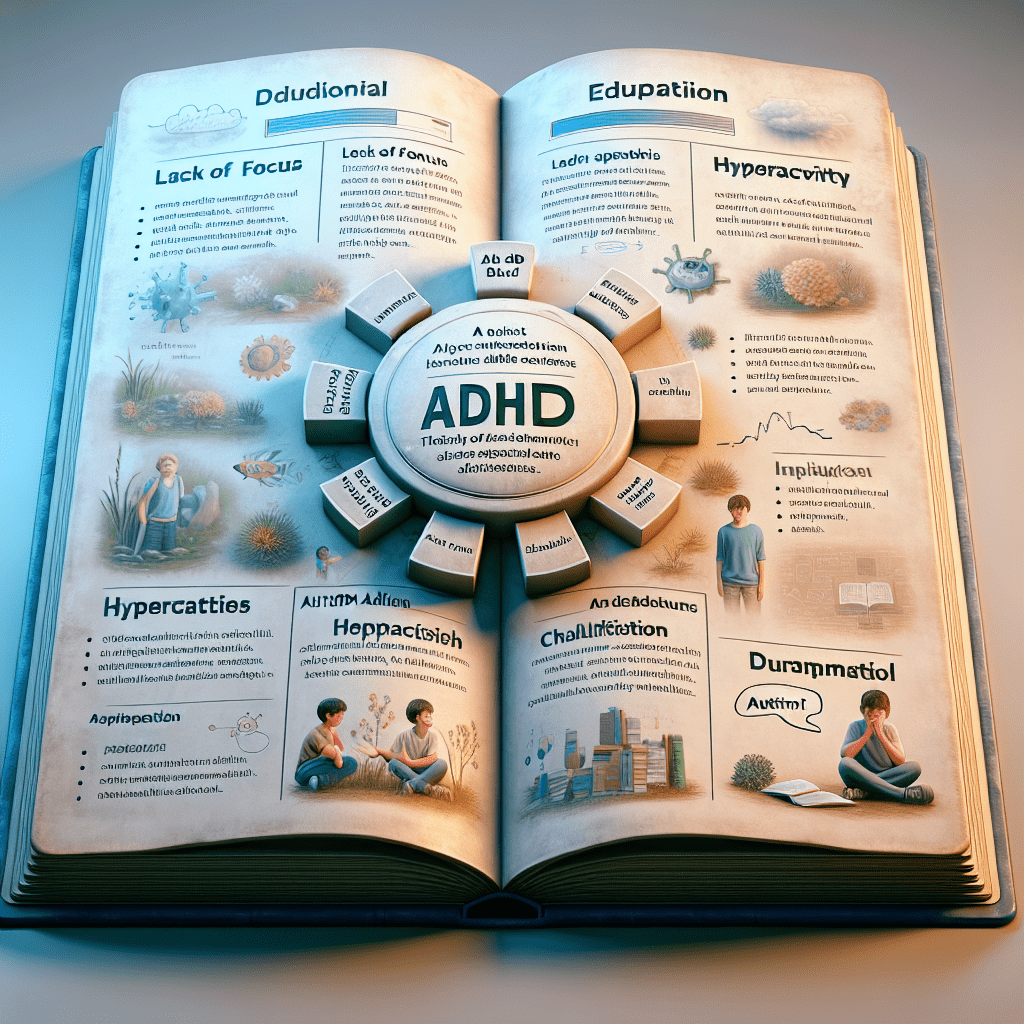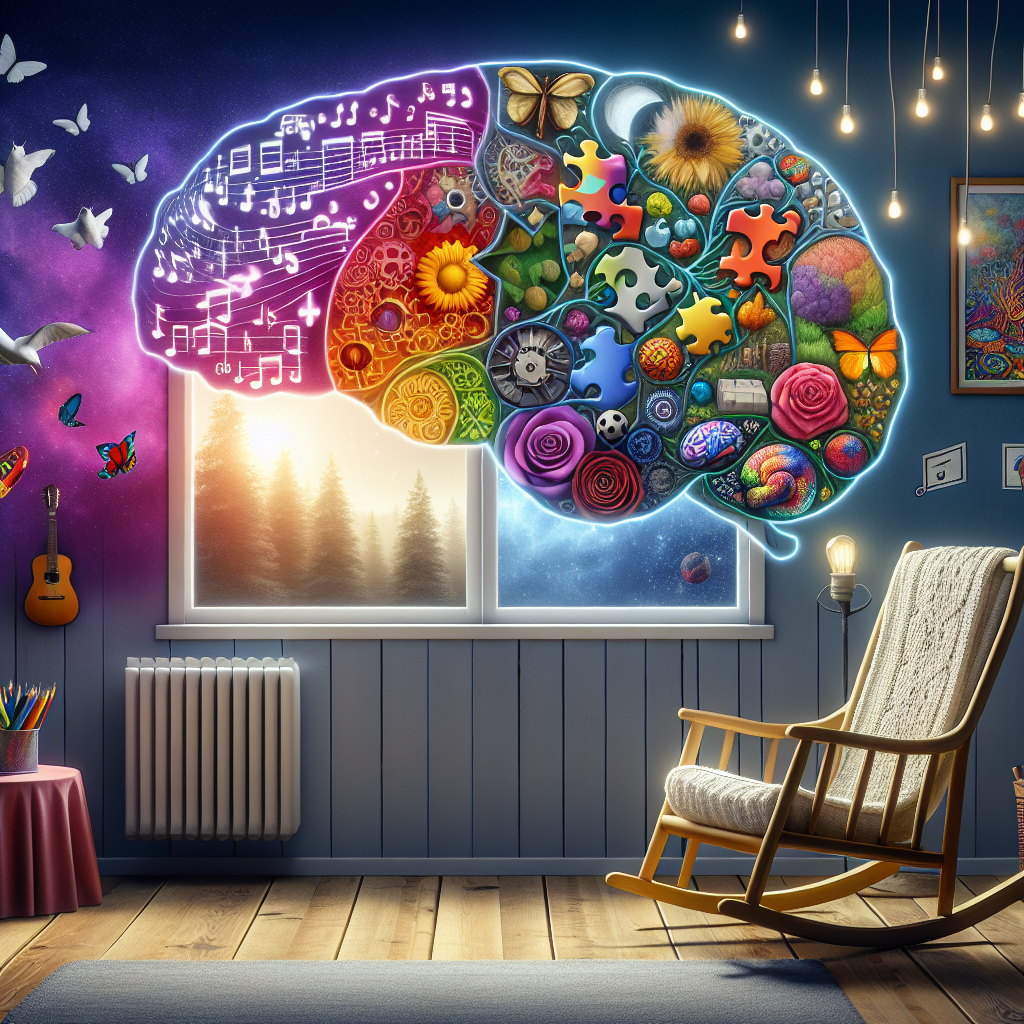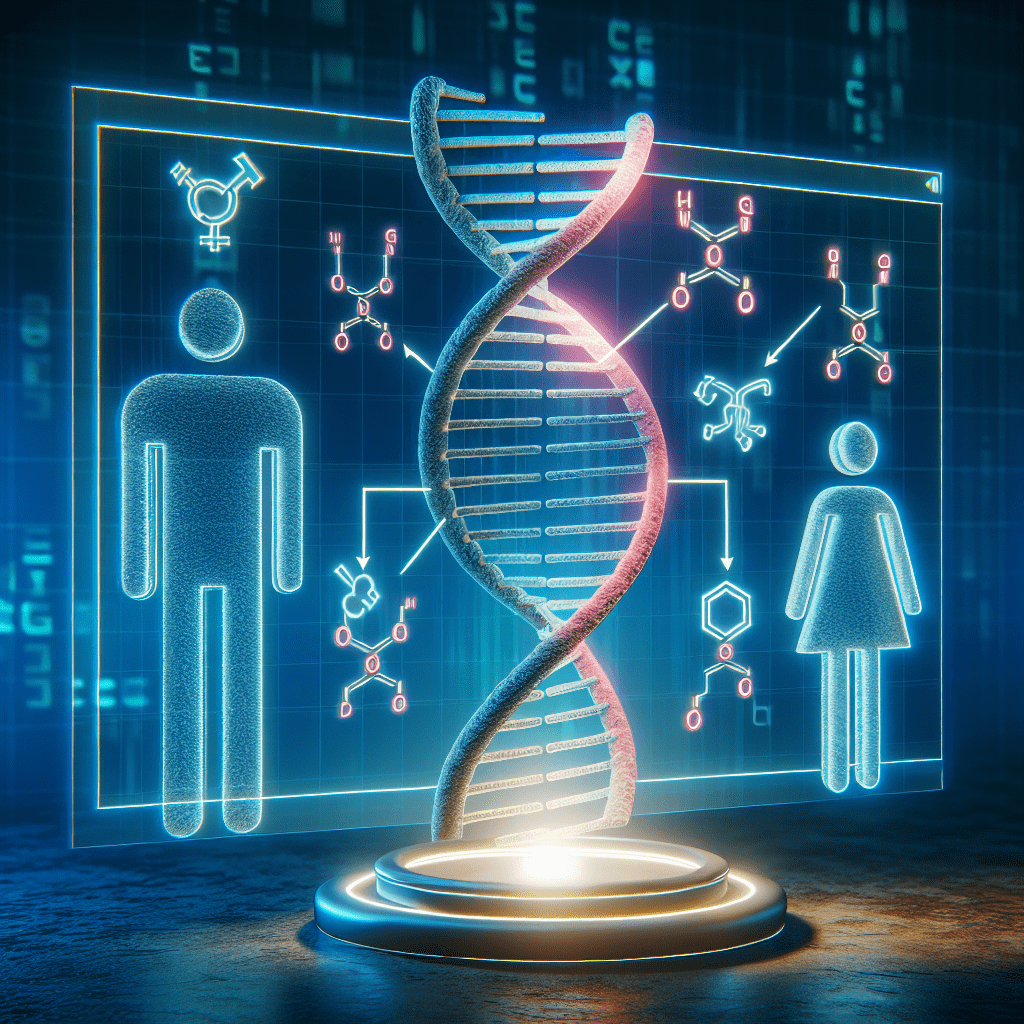Is ADHD a Form of Autism? Understanding the Key Differences
Discover if ADHD is a form of autism. This article explores the relationship, key differences, and insights into both conditions. Read more!
Understanding ADHD and Autism: A Closer Look
Attention Deficit Hyperactivity Disorder (ADHD) and Autism Spectrum Disorder (ASD) are both neurodevelopmental disorders that have captured the attention of researchers, educators, and parents alike. The question often arises: is ADHD a form of autism? This inquiry is rooted in the complexities of both conditions and the varying ways they manifest in individuals. To answer this, we first need to delve deeper into ADHD and autism, examining their features, diagnostic criteria, and how they relate to one another.
ADHD is primarily characterized by symptoms of inattention, hyperactivity, and impulsivity. An individual diagnosed with ADHD may struggle to focus, may frequently fidget, and often act without thinking. These symptoms can lead to challenges in academic, occupational, and social settings. Conversely, Autism Spectrum Disorder encompasses a wider range of symptoms and behaviors. Individuals with ASD may experience difficulties in social interactions, show restricted interests, and engage in repetitive behaviors.
Diagnostics for both conditions are nuanced. ADHD is typically diagnosed in childhood, often identified by behavior that deviates significantly from peers. Autism, while also diagnosed in early childhood, can sometimes be identified when communication and social skills do not develop as expected. Some children present with both conditions, leading to the natural questioning of whether ADHD could simply be a variation of autism or vice versa.
The answer, however, is that ADHD and autism are distinct yet can co-occur. They share some overlapping traits, such as challenges with social skills and executive function, which fuels the misconception that they are the same. Research indicates that while there are similarities, the underlying neurobiology differs significantly between the two disorders. Both conditions come with their unique set of challenges, yet they can coexist, complicating the diagnostic process and treatment strategies.
Key Differences Between ADHD and Autism
When considering whether ADHD is a form of autism, we must highlight the fundamental differences between the two disorders. The symptoms and behaviors associated with each are important to understand. First and foremost, ADHD is often characterized by significant impulsivity and hyperactivity. These symptoms may present as an inability to sit still, interrupting conversations, or difficulty waiting for one’s turn. Notably, these behaviors are less common in individuals with autism.
On the other hand, autism is marked by a variety of symptoms beyond hyperactivity and inattention. Children with ASD may exhibit serious challenges with communication, displaying limited verbal skills or atypical speech patterns. Additionally, many children with autism develop intense interests in specific topics or activities but may struggle with routine changes. These repetitive behaviors and resistance to change can set them apart from individuals with ADHD, who may experience fluctuating interest levels but often don’t display the entrenched, repetitive interests associated with autism.
Moreover, social interactions are approached differently in both conditions. One of the hallmark features of autism is difficulty in social understanding. Individuals with ASD may not grasp social cues such as body language or facial expressions, which can result in awkward or misunderstood social encounters. Conversely, individuals with ADHD may struggle with social skills primarily due to impulsivity. They might not mean to interrupt someone, but their impulsive nature leads them to do so without considering the social implications.
Furthermore, the emotional regulation aspect shows notable differences. Children with ADHD tend to experience emotional dysregulation arising from struggles with self-control and impulse management. On the other hand, those with autism often find that emotional regulation is complicated by their inherent challenges in social perception. They may become overwhelmed in social situations, leading to shutdowns or meltdowns, which are not as typical in ADHD presentations.
In summary, while ADHD and autism share some traits like executive functioning challenges and potential difficulties in social settings, they are separate entities with unique features and symptoms. Understanding these differences can help alleviate confusion surrounding the question, “Is ADHD a form of autism?” They coexist in some individuals but do not one define the other.
Co-occurrence of ADHD and Autism: What You Should Know
As we navigate the conversation about whether ADHD is a form of autism, we must also consider the phenomenon of co-occurrence. It’s crucial to note that many individuals diagnosed with one condition can also meet the criteria for the other. Recent studies indicate that approximately 30 to 50 percent of individuals with autism also exhibit symptoms of ADHD.
This overlap presents unique challenges for parents, educators, and healthcare professionals. For instance, a child with both ADHD and ASD may have a complex behavioral profile requiring tailored approaches for effective management. Their needs are multi-faceted, and treatment approaches often have to be adjusted to accommodate both sets of symptoms. This includes specialized educational strategies and behavioral interventions designed to address the impacted areas of social skills, attention, and emotional regulation.
Furthermore, the treatment pathways for individuals with co-occurring conditions may require input from a multidisciplinary team, including psychologists, psychiatrists, and special education professionals. This team-based approach is vital for crafting a comprehensive treatment plan, ensuring all aspects of the individual’s well-being are taken into account.
Moreover, understanding co-occurrence can help dispel myths around these disorders. For example, an individual might exhibit hyperactive behaviors and impulsivity alongside social challenges. It’s not simply a case of one disorder mimicking another but rather a complex interaction of symptoms from both. Such misunderstandings can lead to misdiagnosis or insufficient treatment, which may cause further frustration for those affected.
Additionally, there are also implications for advocacy and policy-making. Greater awareness of the potential for overlapping symptoms can lead to improved funding for research exploring both conditions, ultimately benefiting the families and individuals living with them. This focused research can develop better tools for diagnosis and intervention, helping to reduce the stigma often associated with these disorders and creating a more inclusive environment.
In conclusion, while the question, “Is ADHD a form of autism?” may initially seem straightforward, reality reveals a more complex relationship. Co-occurrence adds another layer of understanding, emphasizing the importance of recognizing the unique traits of both ADHD and autism. Each can exist independently or together, warranting tailored strategies for effective management and support.
Conclusion
In wrapping up, the discussion on whether ADHD is a form of autism unveils the complexity of understanding neurodevelopmental disorders. ADHD and autism are distinct conditions, each with their symptoms and challenges while displaying some overlapping traits. Due to this overlap, it’s not uncommon for individuals to encounter both conditions, making it essential for families and healthcare professionals to navigate these diagnoses carefully.
Awareness of the unique features associated with each condition can significantly enhance how we support individuals from early childhood through adulthood. With appropriate interventions, strategies, and resources, those with ADHD and autism can thrive, embrace their unique traits, and navigate the world around them more effectively. Ultimately, it is crucial that society works toward an inclusive and educated understanding of neurodiversity, allowing everyone the chance to shine in their own right.
FAQs
1. Can someone have both ADHD and autism?
Yes, many individuals have both ADHD and autism, and this phenomenon requires a comprehensive treatment approach to address all symptoms effectively.
2. What are the main symptoms of ADHD?
The primary symptoms of ADHD include inattention, impulsivity, and hyperactivity, which can impact academic performance and social interactions.
3. How is autism diagnosed?
Autism is diagnosed through a combination of behavioral assessments, parent interviews, and clinical observations, focusing on social and communication skills.
4. Are there effective treatments for ADHD and autism?
Yes, treatments for ADHD and autism can include behavioral therapies, medication, and tailored educational strategies to improve functioning and quality of life.
5. Can lifestyle changes help manage ADHD symptoms?
Absolutely! Incorporating routine, physical activity, and healthy nutrition can positively influence ADHD symptoms and overall well-being.
For further reading, check out the resources provided by the National Institute of Mental Health (NIMH on ADHD) and the Centers for Disease Control and Prevention (CDC on Autism).





